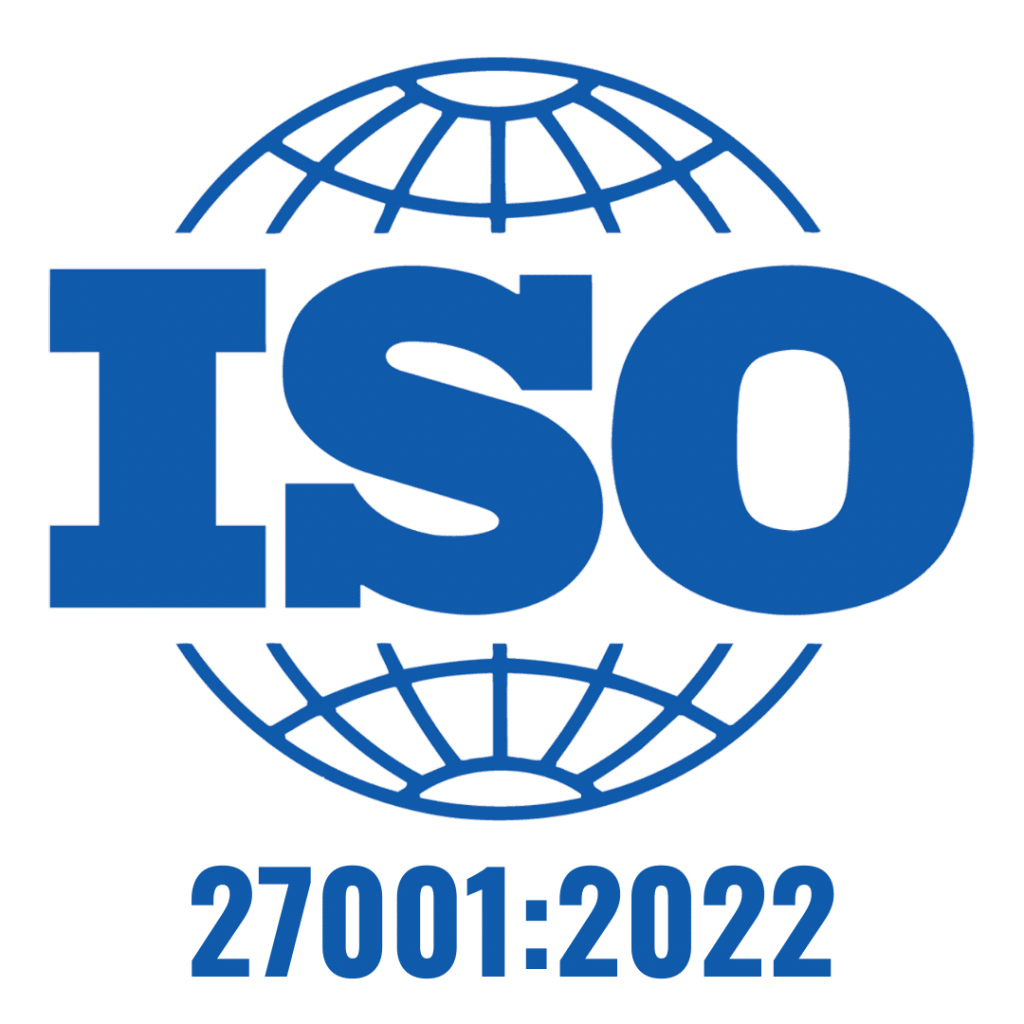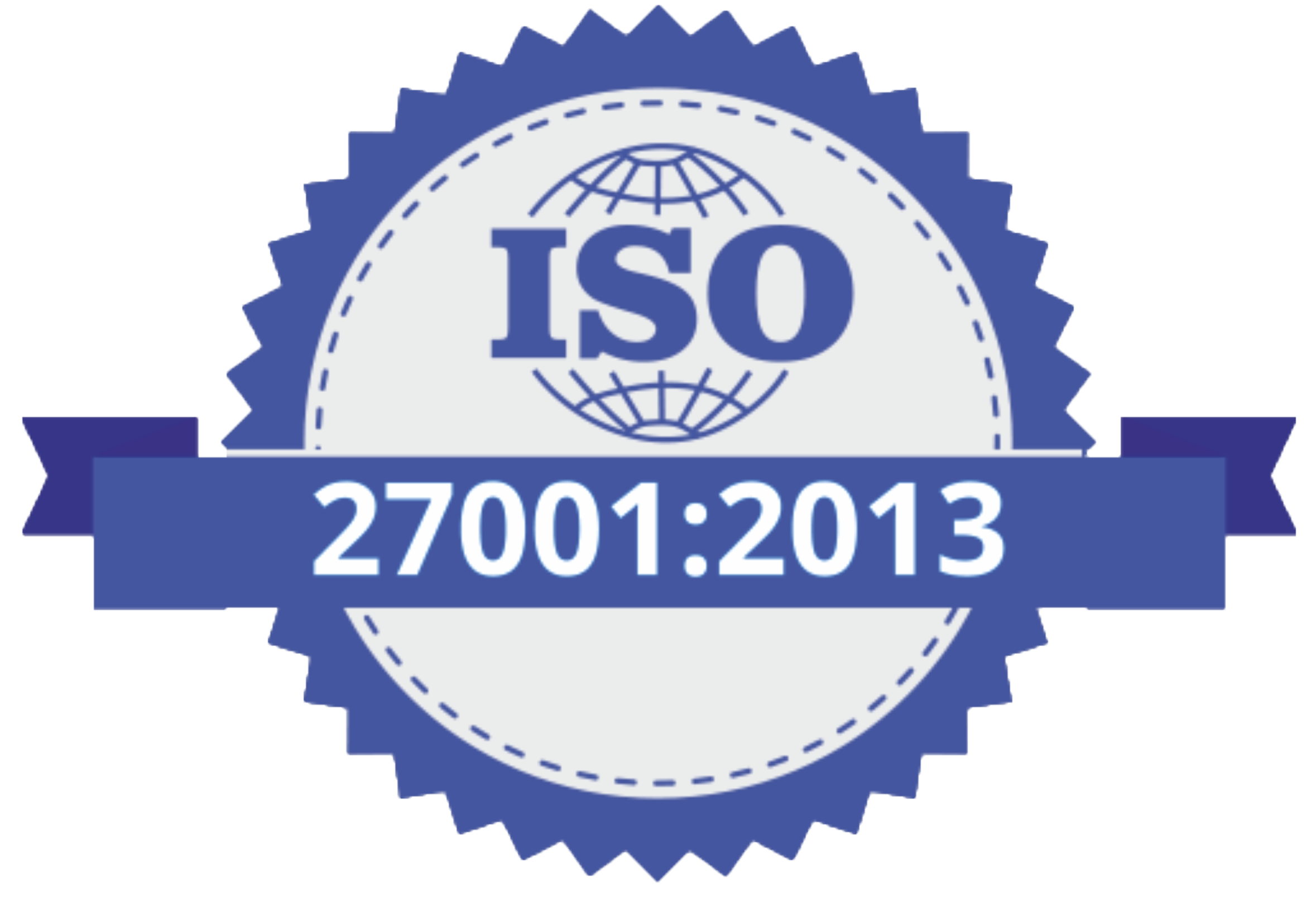It might sound uncommon, or at the very least unexpected: Two of the biggest businesses in the world helping millions of the smallest ones. But it may be the wave of the future and of next-level innovation. Global professional services firm Aon is now collaborating with PayPal to help millions of PayPal’s small business customers in the U.S. access insurance simply and quickly. How does it work? The 35 million small and medium-sized businesses (SMBs) that use PayPal can purchase insurance with the click of a few buttons through Aon’s CoverWallet solution on the PayPal Commerce Platform.
But the real value of the service is in the behind-the-screen details. By sharing its transaction information for individual SMBs, PayPal helps Aon finesse the insurance quotes it gives PayPal customers through CoverWallet. As a result, the online insurance service is more convenient than traditional insurance agencies, specific to the challenge, and cost-effective.
This is just one example of what Aon calls “innovation at scale.” It’s an approach Aon is putting into practice with sophistication and speed because client needs are more interconnected, increasingly complex and evolving rapidly. It also capitalises on a decade of an Aon United strategy, which brings together various parts of the firm to develop innovations that utilise its data, analytics and insights. The strategy also encourages colleagues to share information between solution lines and collaborate on product creation.
Small and medium businesses (SMBs) have often been under or over-insured because insurers did not have the data to understand their needs. Often, they’ve gone completely uninsured. In the case of the PayPal collaboration, innovating at scale means addressing a previously underserved large market with a combined solution. But the approach also extends to a wider ethos within Aon to scale inventive breakthroughs that deliver results on behalf of its clients.
The Innovation at Scale component of the Aon United strategy is deep and wide-ranging, but at the heart of it is Aon Growth Ventures (AGV). Jillian Slyfield, who serves as Aon’s global chief innovation officer and leads the initiative overall, says, “AGV is a centre of excellence within Aon, modelled after venture capital with a core team of solution development, strategists and c-suite experts positioned as the back office for growth stage businesses created within Aon that work in each of several global macro trends.” She’s referring to things like climate, intellectual property, digital transformation and Web3 technologies, transportation shifts, and other areas of change. “The leader of each team is responsible across the entire firm for net new-solution generation, and to deliver current capabilities in new ways or to new clients.”
Here, are five tenets of Aon’s strategy:
- Embrace the Interconnected Nature of Risk
In her previous role as Aon’s digital economy practice leader, Slyfield helped companies in traditional industries that were experiencing digital disruption and specialised in future of work issues, platform marketplaces and mobility as a service. In particular, she spearheaded an innovation strategy that helped a top rideshare company scale globally. Slyfield notes that during the engagement, she found the company’s challenges were not only extensive, but interconnected in complex ways, and understanding that was key to a successful transition: “There are driver and employer risks around human capital and health, and heightened complexities as drivers operate as independent contractors…reputational risks can arise when unrelated drivers and riders are connected. And access to insurance not only as a company but for each individual driver must be considered under the same scope as the geographic challenges. In my role, I engaged experts across Aon to look at these characteristics from multiple perspectives and connected all of them within one intricate arrangement that sometimes involved many solutions.”
- Build Business Ecosystems Through Client-Focused Initiatives
The PayPal collaboration is a good example of an ecosystem-based solution that makes sense for both the client, in offering an efficient service, and also the providers, instilling agility into the firm for the long term. “We don’t have to build one singular technology stack that encompasses all business processes,” Slyfield says. “In fact, that would actually be more limiting. A modular stack that pulls multiple businesses together allows us to be more flexible and nimble moving forward, offering a higher value proposition for our clients.” As a result, both firms are better positioned to react to business shifts speedily and creatively.
- Develop Solutions Today to Anticipate Tomorrow’s Needs
Staying ahead of the curve is barely sufficient in the current climate; companies and consultants need to anticipate where the curve will be. Slyfield cites environmental crises as one arena in which forward-thinking solutions are critical. “When it comes to climate change and predictive modelling, we cannot simply rely on historical data to build out an organisation’s risk profile, as climate conditions now pose more risks than ever before. So, we innovate ahead of the change. For example, our Impact Forecasting solutions [catastrophe models] take into account historical data, but more importantly, lean into analytics that acknowledges the increased volatility we face today.”
Another unprecedented phenomenon Aon addressed ahead of the pack was the ascension of intellectual property (IP) as a criterion for company valuation—and to help power funding solutions. In the past, such valuations were almost solely based on physical assets; now, IP accounts for as much as 90 per cent of the total. Says Slyfield: “Our IP Solutions team created a new and highly credible approach to assess and value IP, so that companies can deploy/utilise that value as collateral for growth financing instead of, for example, having to issue equity interests in the company ”
- Prioritise Communication Between Solution Lines
With 50,000 colleagues serving clients in over 120 countries and sovereignties, Aon delivers advanced analytical capabilities and distinctive insights that help protect and grow a client’s organisation. To take advantage of its expertise and reach, the firm prioritises information sharing across teams. One example: using knowledge pooled from across Aon’s Human Capital Solutions and IP Solutions, it’s helping clients increase gender representation in science, technology, engineering and mathematics (STEM). “While women represent nearly half the labour force,” Slyfield explains, “they… can face barriers throughout their careers due to systemic bias in these areas.” For example, women are considered “inventors” on U.S. patents only about 10 per cent of the time. To help address this obstacle, Slyfield continues, “We offer clients insights on how to improve gender and racial diversity in their patent portfolios and in their inventorship processes.” This process helps achieve diversity, equity and inclusion goals and creates a positive social impact.
- Replicate Innovation Across Client Sectors
Aon applies its experience, data and analytics built across industries and clients in other relevant contexts. One prime example: Their work with private sector clients helps save time and money for public sector entities as well. Says Slyfield, “Governments around the globe have had to navigate volatility driven by the COVID-19 pandemic and resulting global economic slowdown, stimulus, and now inflation. At the same time, governments continue to face challenges that existed pre-pandemic – including the negative impact of climate change and extreme weather, cyber threats and vulnerability, rising healthcare costs, housing affordability, and attracting and retaining talent to work in government.” Aon, by adapting its business knowledge, “works with government entities to stress-test sources and uses of funds to identify and quantify potential fiscal challenges while creating customised risk reduction and risk transfer solutions.” In particular, the firm helps public sector entities reliably predict exposure to climate catastrophes, retain high-caliber employees via offerings like sophisticated job compensation tools, and assess the readiness of their digital infrastructure when it comes to cyber-security.
Slyfield notes that business breakthroughs of the past had a simpler trajectory. A problem was identified, addressed, and then often solved permanently. But the rapid evolution of challenges today makes them ongoing, and their fixes thus must be flexible and transformative. “Whether you are examining climate and sustainability, future mobility, or intellectual property as an asset class,” Slyfield says, “there will always be something unprecedented around the corner. And we are also finding opportunities to collaborate with public and private organisations to further scale innovative solutions to massive macroeconomic challenges. We have built a unique capability to provide our clients with data and insights to help them make better decisions, as they anticipate, address and mitigate both current and horizon risks.”
Source: https://techonomy.com/the-power-of-data-analytics-and-technology-to-accelerate-innovation/


